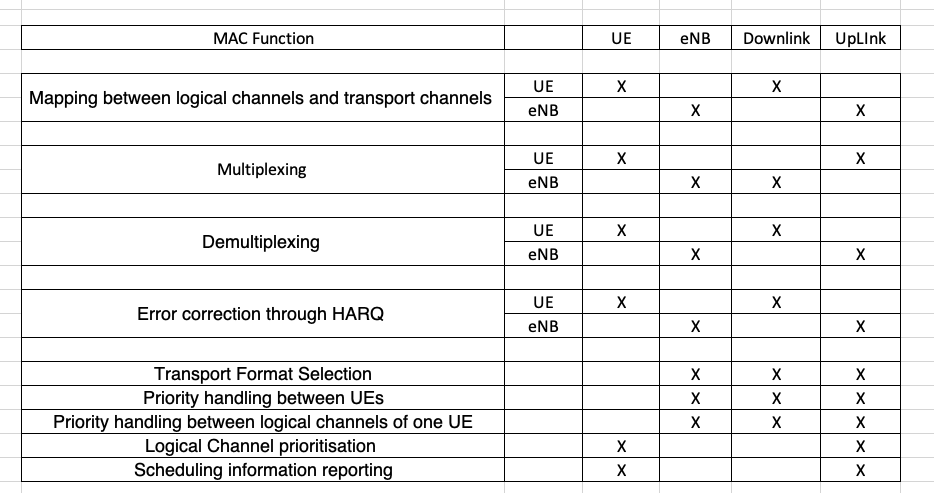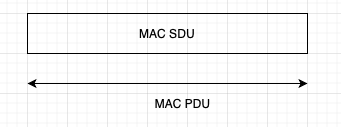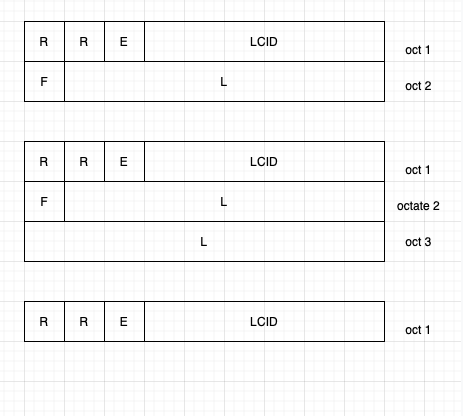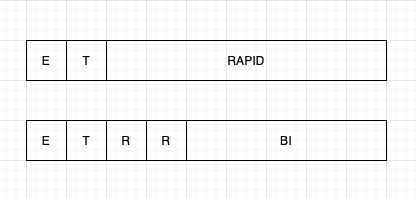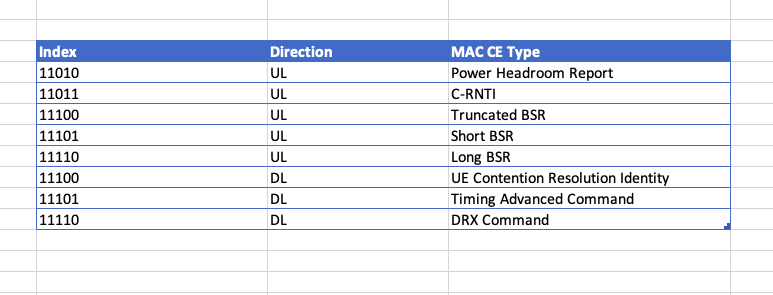MAC Layer Function:
1. Mapping between logical channels and transport channel.
2. Multiplexing of MAC SDU form one or more different logical channels onto the transport blocks.
3. Those Transport blocks will be delivered to the physical channel.
4. De-multiplexing for MAC PDUs from transport blocks from physical channel to transport channel.
5. Error correction through HARQ.
6. Logical channel prioritization
7. Transport format selection.
Some of the functions are specific to UE and some of them are specific to eNB.
Below is the detailed image of the correct functions:
MAC function location and link direction association.
MAC Architecture:
From the above image, we can see can see that MAC layer has multiple entities in its architecture.
-
Multiplexing and De-Multiplexing:
Its function is to composing and decomposing of multiple MAC PDU to and from the transport channels.
-
Logical channel Prioritisation:
This entity will tell how much data from each logical channel should be included in each MAC PDU.
-
HARQ:
It preforms Hybrid Automatic Repeat Request, which includes automatic transmission of transport packets, retransmission of transport blocks.
-
Control Entity:
It handles DRX resource requests, power headroom report.
MAC layer sits between RLC layer and PHY layer.
PCCH is mapped to PCH
BCCH is mapped to BCH and HARQ
CCCH, DCCH, DTCH is mapped to Logical Channel prioritization.
MAC PDU
There are 3 different types of MAC PDU
1. MAC PDU for Transparent MAC
2. MAC PDU for DL-SCH and UL-SCH
3. MAC PDU for Random Access Response
A MAC PDU can contain:
MAC header
Zero or more MAC control elements
Zero or more MAC SDU
Optional Padding
MAC control elements are placed before any MAC SDU
Padding occurs at the end of the MAC PDU
1. MAC PDU for Transparent MAC
It has only one MAC SDU
THe size of SDU is equal to the TB size
2. MAC PDU for DL-SCH and UL-SCH
In the sub header:
R: Reserved Bits
E : Extension. If set 1, indicates that another sub header follows. Else MAC control elements/SDU/padding starts at next byte.
LCID : Logical channel Identifiers. 15 values are there.
L : Length in bytes
F : If set 0, when length of MAC CE/SDU is less then 128 bytes. Indicates “L” fields of 7 bits.
If set 1, when length of MAC CE/SDU is more then 127 bytes. Indicates “L” fields of 15 bits.
The first MAC PDU subheader consists of the three header fields E/T/RAPID
The second MAC PDU subheader consists of the five header field E/T/R/R/BI
The third MAC PDU subheader consists of the 4 header field R/R/E/LCID
3. MAC PDU for Random Access Response

A MAC PDU consists of a MAC header and zero or more MAC Random Access Responses (MAC RAR) and optionally padding
The first MAC PDU subheader consists of the three header fields E/T/RAPID
The second MAC PDU subheader consists of the three header fields E/T/R/R/BI (Backoff Indicator)
Can 1 mac PDU can contain multiple Random Access Responses? Yes.
MAC Procedures:
1. Random Access Procedure
2. DL-SCH Data Transfer
3. UL-SCH Data Transfer
4. PCH Reception
5. BCH Reception
6. Discontinuous Reception
7. MAC Reconfiguration
8. MAC Reset
4. MAC Control Element
1. Downlink MAC CE [eNB to UE perspective]

2. Uplink MAC CE [UE to eNB perspective]
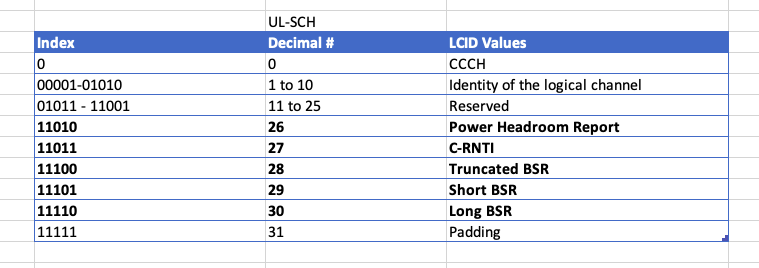
All MAC Control Elements:
Brief explanation of MAC CE:
1. Buffer Status Report (BSR) MAC control element.
It is sued to indicate eNB the Buffer size in bytes for all logical channels in a logical channel group.
There are two types of BSR:
1. Short BSR and Truncated BSR for,at
2. Long BSR
2. C-RNTI MAC control element.
Used to indicate to eNB the C-RNIT of the UE
3. UE contention Resolution Identity MAC control element.
It is used during contention resolution phase to contain CCCH SDU.
4. Timing Advanced Command MAC control element
Indicates the timing adjustment that the UE has to apply.
